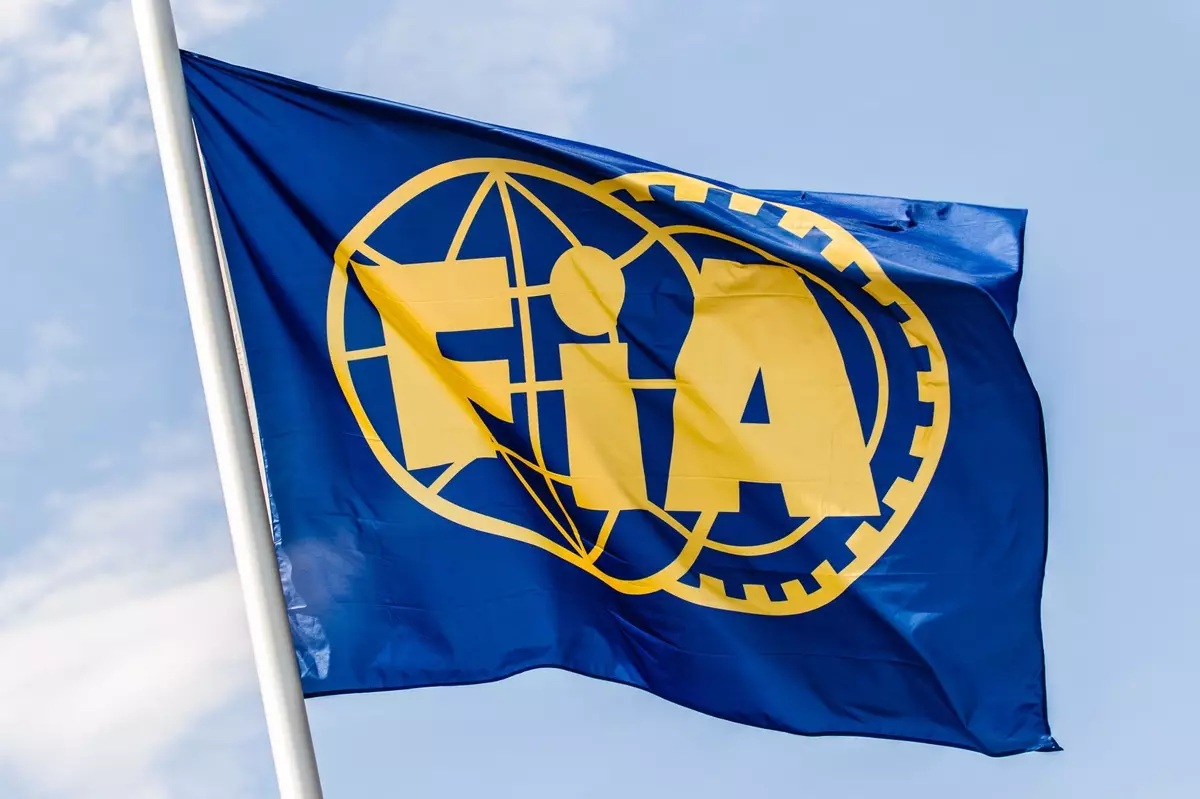Recent developments at the FIA have underscored the organization’s commitment to a transformative approach in its governance structure. The departure of Sara Mariani, the director for Sustainability, Diversity, and Inclusion (D&I), marks not just a personnel change but a significant pivot in how the FIA plans to address critical issues within the motorsport arena. Her exit, while abrupt, reflects a larger narrative of transition and reorganization that seeks to redefine leadership roles within the federation.
Mariani’s Legacy and Reflections
Sara Mariani’s tenure at the FIA, though brief, has been marked by passionate initiatives aimed at sustainability and amplifying diversity within a sport often critiqued for its lack of inclusivity. Her emotional farewell message, filled with gratitude and reflections on the importance of recognition for women in leadership roles, highlights the hurdles that still exist in achieving true equality. It is a poignant reminder that while structures may change, the spirit of progressive thinking must persist. Her assertion that “there is a life outside the FIA” serves as both a personal mantra and a critique of the broader systemic issues that often overshadow the capabilities of dedicated individuals.
A New Framework for Sustainability and Inclusion
The FIA’s recent structural changes aim to create two distinct divisions focusing separately on sustainability and diversity. This bifurcation could prove strategic in allowing for more specialized attention to each area, yet it raises questions about potential siloed efforts that might compromise the holistic nature of D&I initiatives. Moving sustainability under the wing of Willem Groenewald, the secretary general for mobility, and placing D&I in the hands of human resources director Alessandra Malhame suggests a cautious yet optimistic approach to embedding these values within the organization’s framework.
Historical Context and Broader Implications
Mariani’s departure is part of a broader trend within the FIA, which has seen various high-profile exits, including that of deputy president Robert Reid and CEO Natalie Robyn. This wave of change could signal either a ripe opportunity for innovation or a disconcerting instability within the governing body. The exodus of seasoned leaders raises important questions about the continuity of progressive policies within the FIA and whether these shifts are reflective of a larger strategic vision or merely reactive management.
The FIA’s commitment to combining internal and external D&I efforts indicates a proactive rather than reactive stance, but how effective this will be remains to be seen. It is crucial that the organization not only establishes these divisions but fortifies them with adequate resources and a culture of accountability to truly effect change.
Looking Forward: Challenges and Opportunities
As the FIA realigns its focus and leadership, the pressing challenge remains: will it be able to sustain momentum in pushing for inclusivity and sustainability? With voices like Mariani’s echoing throughout the motorsport industry, the pressure is on for the FIA to transform its vision into tangible, impactful actions that resonate beyond boardrooms. In a landscape where representation is key, the FIA’s next steps will determine its success not only in governance but in earning the trust and respect of a diverse fanbase eager for progress.
Only time will tell if these changes will lead to a flourishing environment where talent is genuinely recognized and nurtured, unlocking a brighter, inclusive future for motorsport.


Leave a Reply